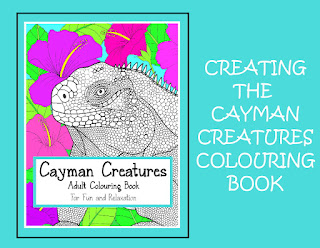Radtastic Raku!
In the past 2 months, these 3 girls have been raku'in it up out at the studio. For those of you who don't know what raku is, here is a brief (and I mean very brief) description of raku:
A type of pottery derived from Japan, traditionally used in Japanese tea ceremony, that is characterized as fairly porous vessels, which results from low firing temperatures. After glazed, theses pieces are then removed from the kiln while still glowing hot and allowed to cool in the open air or in a container filled with combustible material (newspaper or saw dust).
There are various techniques to raku, a few of which are shown below:
The two pots to the left are a technique we call 'pop off' slip and the pot to the right is a technique using horsehair. All pots were finished using the terra sigillata method before entail bisque fire. If you are using a basic rake slip, you do not need to terra sig your pots.
This past Sunday Claire and I went to the VAS (Visual Art Society) raku workshop and had ourselves a dandy ol' time firing up some pots. Here some pictures from the event. I have put them in chronological order so you can understand the process of raku a little bit more.

A type of pottery derived from Japan, traditionally used in Japanese tea ceremony, that is characterized as fairly porous vessels, which results from low firing temperatures. After glazed, theses pieces are then removed from the kiln while still glowing hot and allowed to cool in the open air or in a container filled with combustible material (newspaper or saw dust).
There are various techniques to raku, a few of which are shown below:
The two pots to the left are a technique we call 'pop off' slip and the pot to the right is a technique using horsehair. All pots were finished using the terra sigillata method before entail bisque fire. If you are using a basic rake slip, you do not need to terra sig your pots.
This past Sunday Claire and I went to the VAS (Visual Art Society) raku workshop and had ourselves a dandy ol' time firing up some pots. Here some pictures from the event. I have put them in chronological order so you can understand the process of raku a little bit more.
This is the hot wax we apply to the bottom of each pot so they do not stick to the kiln shelf.
My pots with wax on the foot ring.
Two of my pots decorated with wax and glazed.
Ian with his glazed raku pot. See Ian glaze. See Ian love his raku pot.
This is the inside of the kiln after the firing (temperature has reached about 1600-1700 degrees fahrenheit). Pots with be removed and immediately placed into trash cans where they will be covered with newspaper and/or saw dust.
Kim is removing the pots form the kiln with proper fire proof gloves and a large pair of tongs.
Another shot of the inside of the kiln. Those pots are a hot mess!
And the finished pieces:

In addition, I would like to share a few photos from a rake firing Charlotte did in December.
There she blows! I love this shot of Charlotte using a large blow torch to quick dry the glaze she applied to her figure. What an intriguing face her piece has. Charlotte used up to 3 different glazes on this piece and the texture that it produces will surprise you.
Charlotte created a large piece and so a special kiln had to be built to fit her creation.
Her piece turned out amazing!
I hope you enjoyed a little bit of knowledge on raku ceramics. Let me know if you are interested in learning more about raku and I would be happy to point you in the right direction. Also, if you are in Grand Cayman and looking to participate in a raku workshop please check out the VAS Cayman. They hold raku workshops every 3 months. Happy raku'ing!



















Comments
Post a Comment